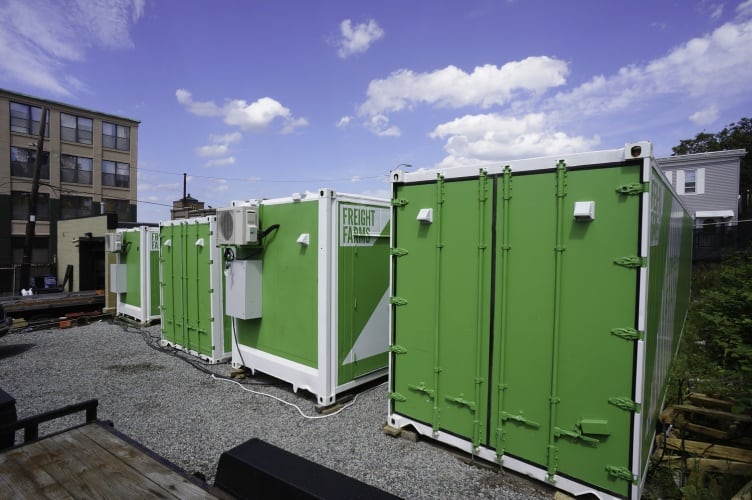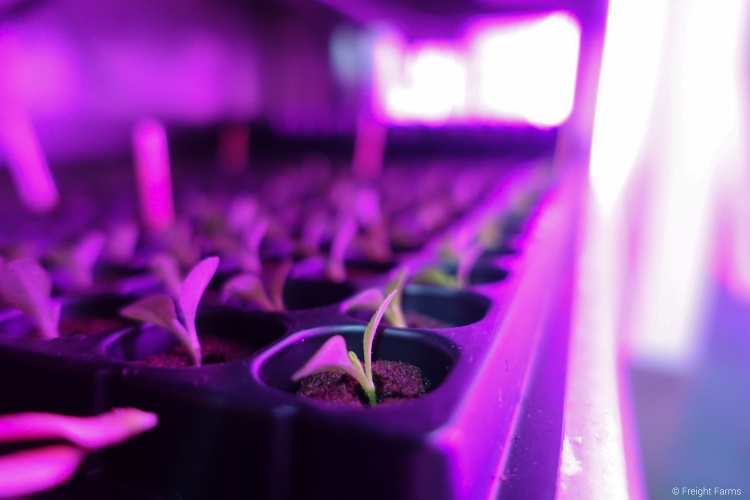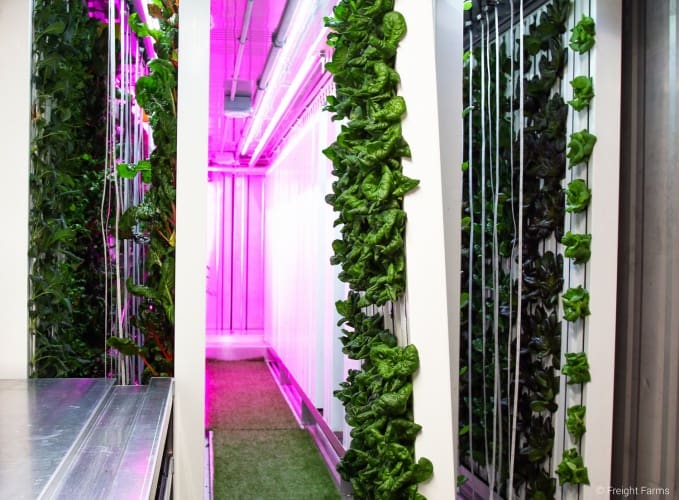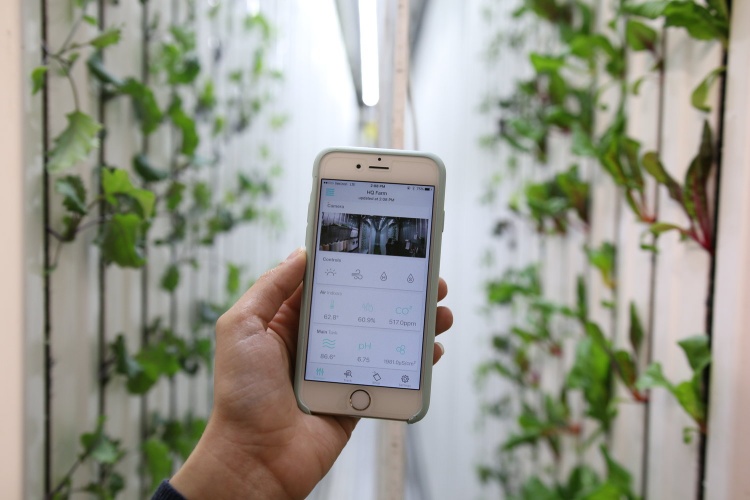 Andrew Wade, senior reporter
Andrew Wade, senior reporter
The BBC is currently airing an excellent series on Radio 4 called 50 Things That Made The Modern Economy. Hosted by the FT’s Undercover Economist Tim Harford, the show has so far covered topics including Google, paper, antibiotics, insurance and the light bulb. However, one of the most fascinating to date has been the humble shipping container.
Standardising the way that goods were transported slashed costs and gave rise to a boom in global trade, but at the same left thousands of longshoremen jobless. It was a simple concept that completely transformed the world of shipping. Today, a Boston startup is using those same containers to try and shake up an entirely different industry.

Freight Farms takes ‘high cube’ shipping containers and upcycles them into vertical farming units. The 40 x 8 x 9.5 ft boxes each weigh 7.5 tons and come loaded with all the equipment needed to kick start your own slice of urban agriculture. LEDs provide the red and blue spectrum light required for photosynthesis, with crops stacked vertically in walls fed by a nutrient-delivering hydroponic system. Known as the Leafy Green Machine (LFG), the product is designed specifically for high-yield greens like lettuce, chard and kale, but can also be used to grow everything from strawberries to flowers.
“It’s the perfect day of summer every day of the year inside the Leafy Green Machine,” said Jon Friedman, Freight Farm’s president and co-founder.

Friedman was speaking at Dassault Systèmes’ Design in the Age of Experience event, held this week in Milan alongside the city’s Design Week. According to him, growing populations combined with climate change are putting pressure on food production like never before. Moving production to the cities where the majority of food is consumed is one way to tackle the problem, and creating your own climate also provides security of supply.
“Taking climate out of the equation is where design can help us unravel new business models,” said Friedman.
“We’re going to be able to see a lot more variety in the market, and that’s what we’re most excited about. In the same way that we saw 3D modelling and 3D printing lowering the barrier to entry for prototyping and tooling in the manufacturing market, we’re seeing that now in the agriculture market.”

The modular units can grow up to 4,500 plants at any one time, with separate sections for germination and nursery growth. Once crops such as lettuce are transplanted to the hydroponic walls, they typically take about five weeks to reach maturity. The system uses between 25-45 litres of water and roughly 100kWh of electricity per day, and a smartphone app allows users to remotely monitor growth and control things like temperature and humidity.
The LEDs can be configured to replicate growing conditions from different countries, and Freidman believes the relatively low barrier to entry can inspire something of a farming revolution. Agriculture – particularly in the western world – has evolved into a faceless industrial process. With a price tag of around $75,000, the LFG may not be cheap, but it certainly makes farming more accessible. The concept naturally appeals to prospective urban farmers and city chefs looking to secure their own local supply, but Freight Farms has also found the technology being adopted as more than just a ‘space saver’.

“We’re trying to democratise food production all over the world,” said Friedman. “We’ve seen people who are using it as a business extension, as their own entrepreneurial efforts, farmers who are using it as season extension, and veterans who are using it to get back into the market. So we’re seeing all sorts of business models break out of it.”
Last year the company received a grant via NASA’s STTR (Small Business Technology Transfer) programme to explore how the LFG could be used as a Self-Sustaining Crop Production Unit (SSCPU). An SSCPU would operate independently of grid energy using water reclamation and would have applications for growing in extreme environments, including deep space. It may be some time before we’re eating Mars-grown kale from a shipping container, but Freight Farms has been busy using CAD tools to simulate how the LFG operates under various conditions.
“SolidWorks is a real foundation for our work we’re doing with NASA, to figure out how to get interplanetary sustainability as the norm,” said Friedman. “So that means figuring out and simulating a lot of different scenarios within the farm.”
So while this incarnation of the shipping container may not change the world like the first, its biggest impact may not even be on this planet. Time to get Elon Musk on the phone.





Red Bull makes hydrogen fuel cell play with AVL
Formula 1 is an anachronistic anomaly where its only cutting edge is in engine development. The rules prohibit any real innovation and there would be...